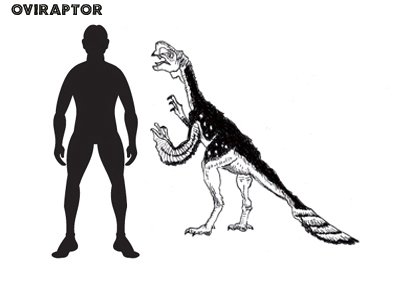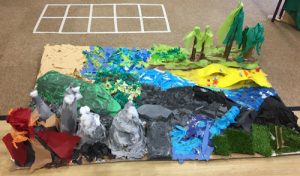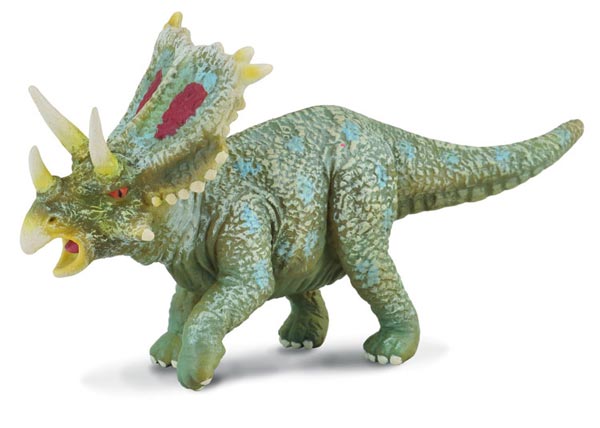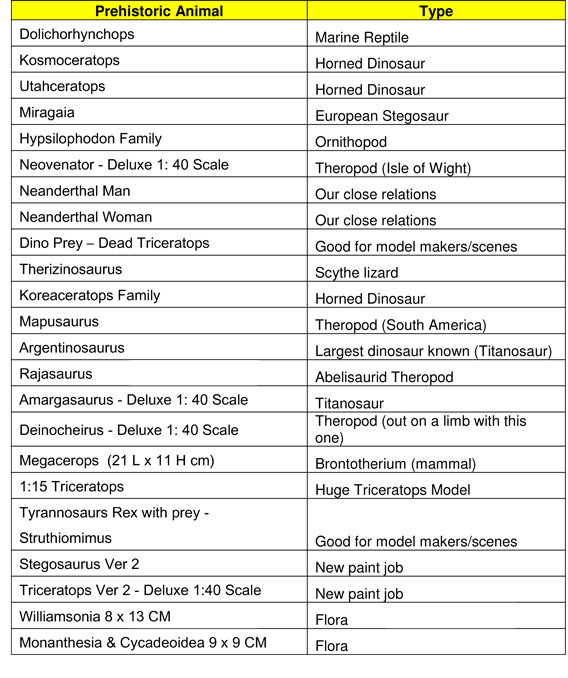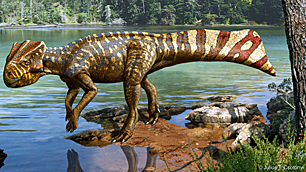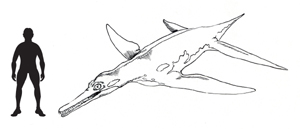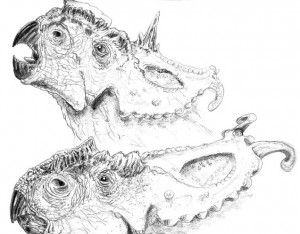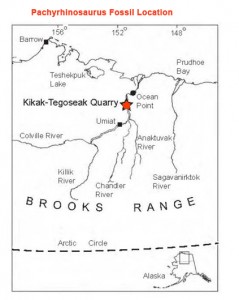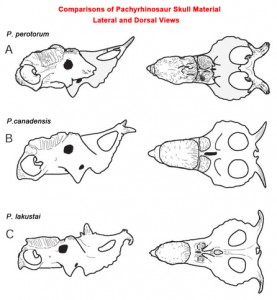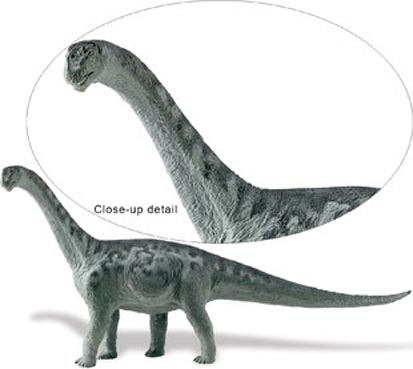Oviraptorids – Show Offs of the Late Cretaceous
New Paper Suggests Oviraptorids could Display their Tail Feathers to Attract a Mate
That bizarre group of theropods, the oviraptorids may have had a trick up their tail when it came to winning a mate or deterring a rival. They might have been able to “flash” the feathered plumes at the end of their relatively short tails in a display reminiscent of a modern-day bird.
Oviraptorid Dinosaurs
That is the conclusion of Scott Persons, PhD student at the University of Alberta (Canada), who presented his paper on this research at the Society for Vertebrate Palaeontology’s annual meeting, ironically being held in Las Vegas which has plenty of “show girls” flashing feather boas and who knows what else in the many theatres.
Oviraptorids were very bird-like dinosaurs, with such features as a beak, shoulders strengthened by collarbone and a number of general anatomical characteristics that they share with the Aves (birds). It has even been suggested by some palaeontologists that these theropods do not belong in the Dinosauria, instead, they should be re-classified as members of the bird clade. Fossils of these animals are known from Upper Cretaceous strata of the Northern Hemisphere, most were less than three metres long, but one genus Gigantoraptor may have been the largest feathered creature that has ever lived. Gigantoraptor may have weighed close to 1.5 tonnes and measured 8 metres in length.
An Illustration of a Typical Oviraptorid
Picture credit: Everything Dinosaur
Feathered Dinosaurs
Scientists have evidence to suggest that many types of Oviraptor had a plume of feathers, similar to the fan of a Spanish flamenco dancer, attached to the end of their tails. Scott, in his research paper suggests that this fan of feathers, in conjunction with a very flexible tail may have served as a display device, perhaps to settle disputes or to attract a rival. A flash of brightly coloured tail feathers could have acted as a highly visible warning signal to other members of the flock or even have put off a predator as it attacked.
For Scott, the oviraptorid tail intrigued him. Many of these animals had tails with a particularly dense arrangement of bones, as if the caudal vertebrae (tail bones) had been compressed. As a number of fossil finds showed this arrangement, distortion by the fossilisation process could be ruled out. The tails had evolved this way.
Scott commented:
“The tail of an Oviraptor by comparison to the tail of most other dinosaurs is pretty darn short. But it’s not short in that it’s missing a whole bunch of vertebrae, it’s short in that the individual vertebra within the tail themselves are sort of squashed together. So they’re densely packed.”
This compression of tail bones would have made the tails very flexible, much more so than in other small theropods such as the dromaeosaurs, some of which were contemporaneous of the oviraptorids. A ruler is generally inflexible and stiff as it has no joints in it, whereas a chain made of many links is extremely flexible. This principle can be applied to the caudal vertebrae of dinosaurs.
Bird-like Dinosaurs
These bird-like dinosaurs also had tails that were much more muscular than those belonging to modern-day reptiles, he concludes. Fossil impressions show they also boasted a fan of feathers at the end of their tails, attached to fused vertebrae similar to that found in the tails of today’s birds. In modern birds the remnants of their ancestral reptile tail can still be seen in their skeleton – it is the pygostyle, a plate of bone that represents five-fused tail vertebrae, all that remains of their reptilian tail ancestry.
In the research paper, Scott proposes that:
“If you combine that [tail plume] with having a muscular, very flexible tail, what you have is a tail that could, potentially at least, have been used to flaunt, to wave that tail-feather fan.”
And just like modern-day birds, the dinosaurs may well have waved their tail fans to impress potential mates, or perhaps for a variety of other display purposes. If this is the case, then other members of the Dinosauria believed to have a tail plume may also have displayed in a similar manner – dinosaurs such as Protarchaeopteryx and Caudipteryx for example.
A Model of Caudipteryx (C. zoui)
Picture credit: Everything Dinosaur
To view models and feathered dinosaur figures: Wild Safari Feathered Dinosaurs and Models.


